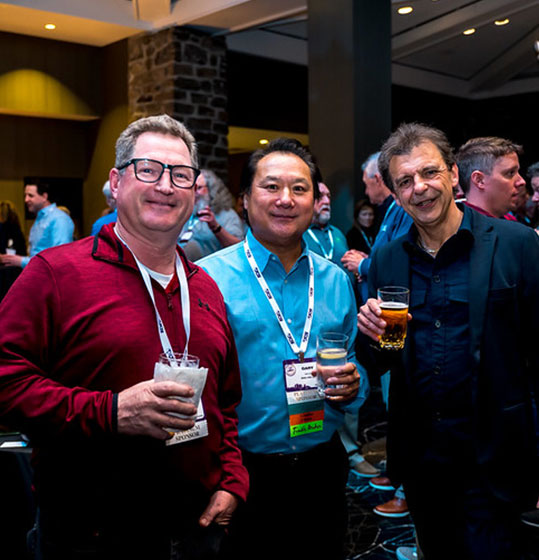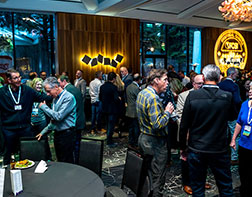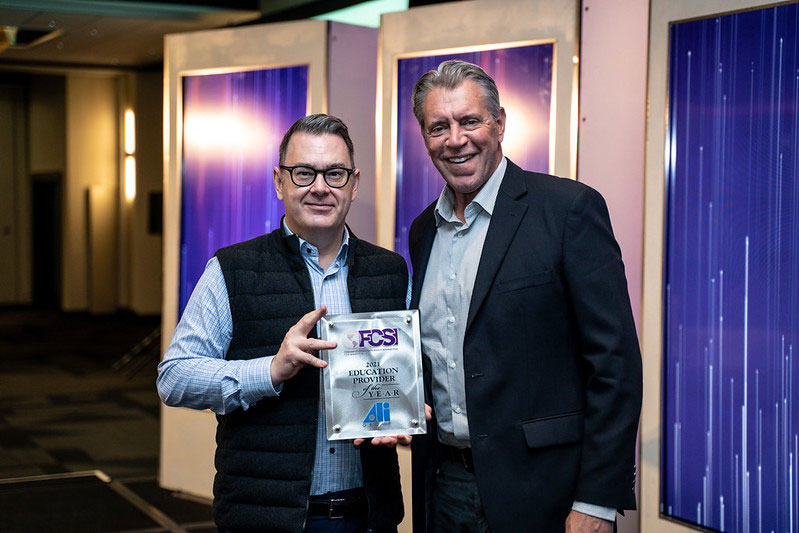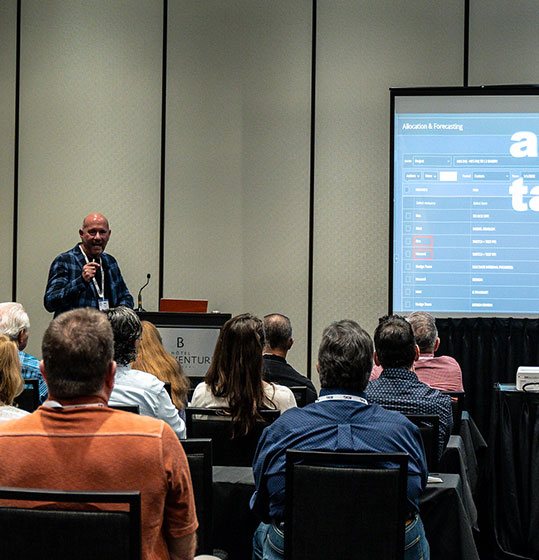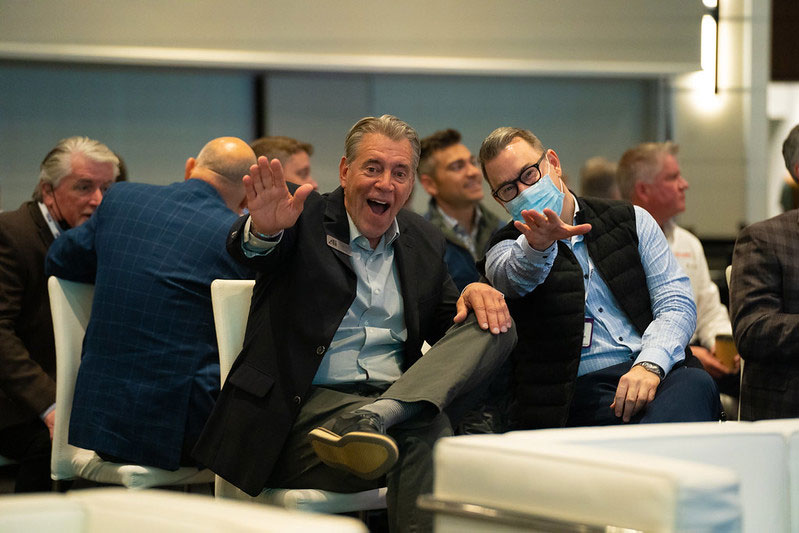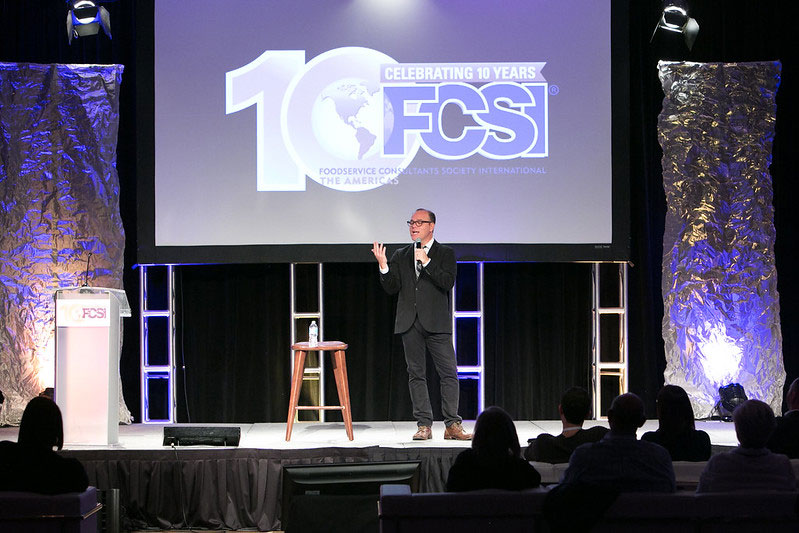Southern California Edison – Hot Water Design for Heat Pump Water Heaters (2CEUs)
Energy Education Center Irwindale 6090 N. Irwindale Ave, CA, United StatesThe California Energy Commission is currently pursuing many programs which are aimed at decarbonizing our energy infrastructure including all-electric cooking, space heating and water heating. The commercial foodservice industry has started to adopt efficient electric cooking equipment as the first step towards all-electric, zero-net-carbon kitchens. This class explains how the foodservice industry can take the most important next step towards zero carbon by addressing one of the biggest barriers: How to replace the traditional gas-fired hot water systems with electric heat pump water heaters. Learn how heat-recovery dishmachines, effective plumbing design, and decentralized, point-of-use water heating are necessary to make heat pump water heaters perform effectively in the demanding commercial kitchen environment. Learning Outcomes: At the conclusion of this class participants will be able to: 1. Describe the water and energy savings associated with heat recovery dishmachines. 2. Understand the benefits of using heat pump water heaters in commercial foodservice. 3. Understand how heat recovery dishmachines and heat pump water heaters can make each other cost-effective. Speaker: Michael Slater, Frontier Energy






